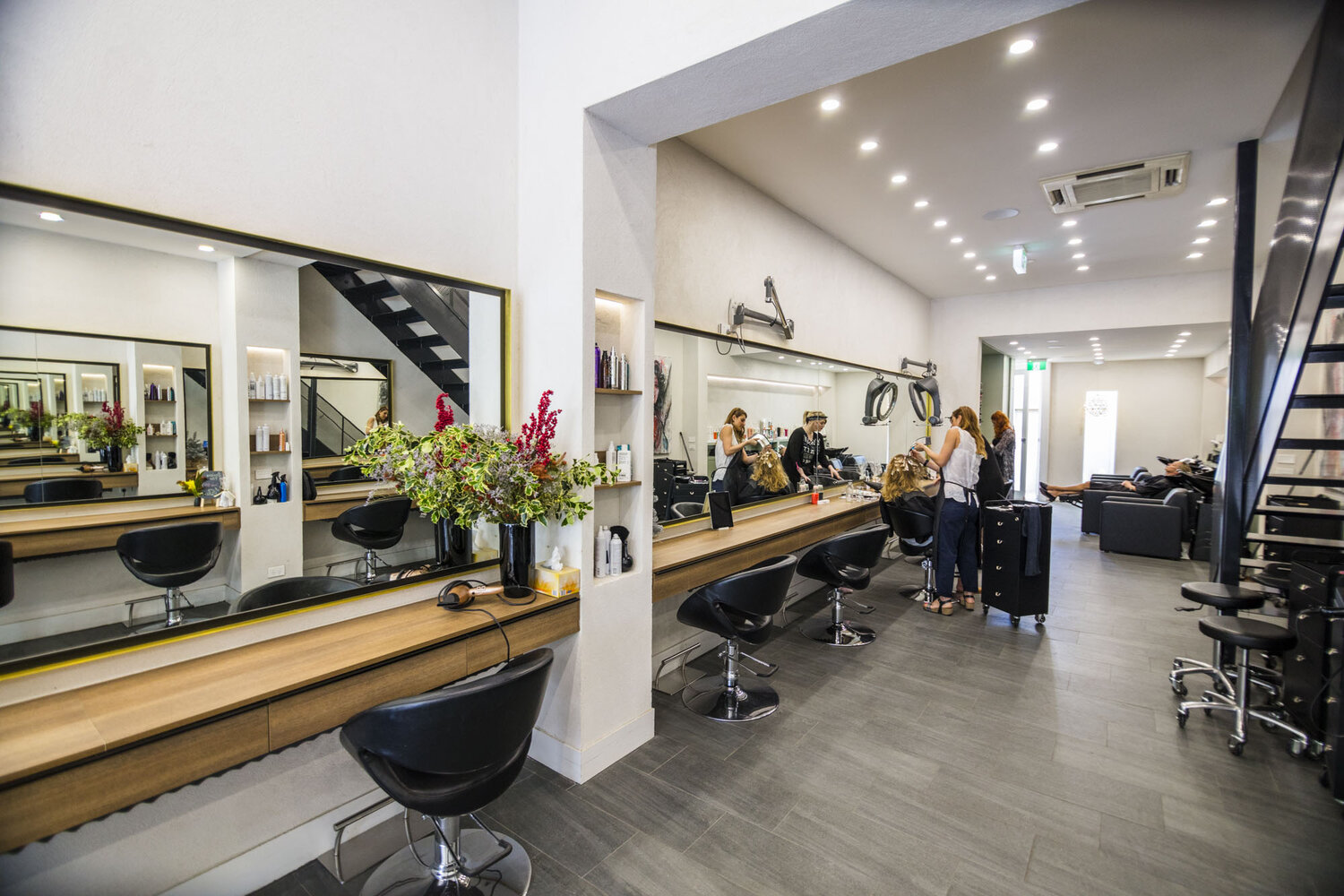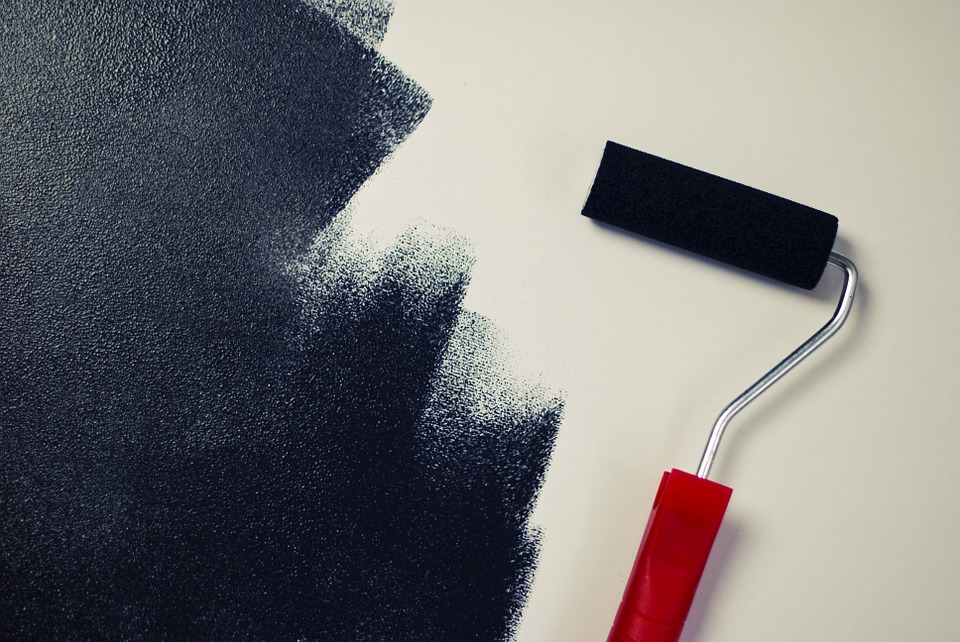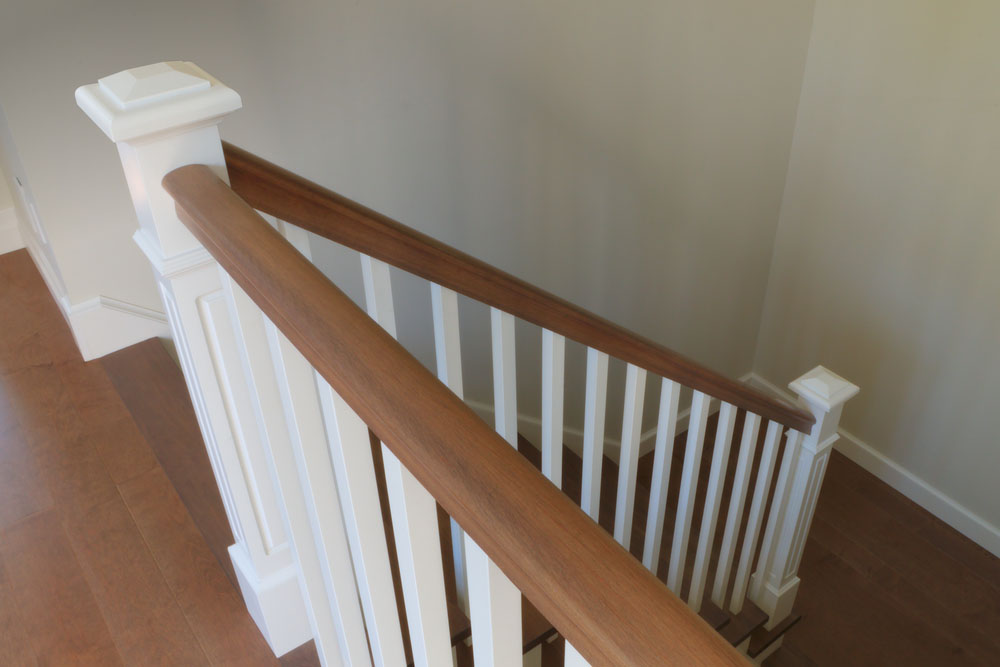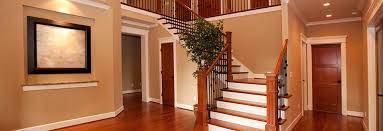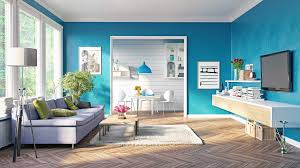Save Money On Exterior Painting And Get The Best Job Done
How to Pick the Perfect Trim Paint Color
So how do you take the guesswork out of picking trim paint colors, especially when you’re navigating the process online or even on your phone? For starters, it helps that Clare has narrowed down hundreds of options to a carefully curated 56 different trim paint colors. From there, follow Gibbon’s advice, below, on selecting the right paint finish and a choosing a hue that complements the wall color. You’ll be surprised how much the right trim color can change the entire look of the room.
Pick a paint trim color that complements the walls
“You want to keep color temperature in mind when choosing a white trim paint,” says Gibbons. “A warm white is a perpetual favorite that’s versatile and inviting, but is also the best choice to pair with other warm hues like reds, oranges or warm neutrals,” she advises. And if the walls are blues or greens? Opt for a cool white trim color. And if all else fails: “A clean, neutral white will have a fresh, modern look that pairs well with pretty much any color.” Just like you would any other color, test your trim paint to make sure you love it in your space and that it looks good with your walls,” Gibbons recommends. Never underestimate the power of the paint swatch.
Consider contrast for a bold style
Deciding between a matching or contrasting paint trim color is a matter of personal style, Gibbons says. “If you have a more classic style throughout your home, a crisp white is a no-fail choice no matter what wall color it is paired with.” And if your look is more adventurous? Try a bolder combo. “For example, black trim with white walls makes a big impact and really saturated colors like our Deep Dive would look great against a softer blue like Headspace.”
Go with a semigloss finish
When it comes to picking a finish for the trim paint, Gibbons takes out the guesswork: It’s semigloss for the win.Semi-gloss is the best finish for trim not only because it’s easier to clean and more durable, but it also helps to reflect the light in a room, creating a subtle contrast that allows your trims to pop against your walls. And for the walls? It’s eggshell all the way. “Eggshell is the best finish for walls because it’s matte enough that it won’t highlight imperfections, but it has just enough sheen that it’s more durable and easy to clean.
Keep it consistent
“The trim color doesn’t have to match throughout your entire home, but you should aim to keep the color palette throughout your home feeling cohesive,” Gibbons advises. “In common areas, keep the trim consistent and play with color in individual rooms!”
Paint the trim first
Should you paint the trim or the wall first? “This is often a hot debate,” Gibbons admits, “but after working with numerous professional painters, we believe in painting the trim before painting your walls, as the professionals do. In my experience, professional painters always painted the trim first since it is more detail oriented and it’s easy to fix any imperfections when you’re painting the walls.” Start out strong painting the detailed crown moldings, and afterwards, rolling paint on the walls will be a breeze.
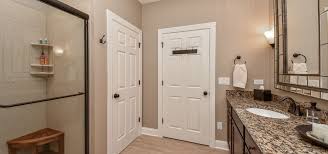
Selecting the Perfect White
If your walls wear a color, whether soft or bold, then white trim is practically guaranteed to set them off well. In rooms with dark or intensely colored walls, white lightens and brightens, accenting the strong hue and bringing visual relief. In rooms with light or pastel walls, white trim makes the color look cleaner and clearer while introducing a mere hint of contrast.
Remember that white trim does not mean stark white — most paint manufacturers offer a range of whites that go from warm to cool. Also, the lightest shade on a paint card may function as a white when juxtaposed with your wall color.
To pick the right white, start with the paint chip of your wall color and hold it up to a variety of white or pale neutral chips to see which ones you like. Warm creamy tones pair well with warm or intense colors and warm neutrals, while clear or cool whites make good partners for cool colors, both saturated and muted.

Going with the same color
For a contemporary room, design experts suggest using techniques that help the trim blend with the room color. This can be achieved by painting the trim the same color as the walls or a tinted version of it. It gives the room a fresh, unified look. If the walls are warm-toned, it’s usually a good idea to stick with a warm trim. Likewise, pair cool wall tones with cool trim tones. Sticking with the same undertones keeps a room from looking disjointed and the colors from looking muddy. For open floor layouts, where rooms flow into each other or are adjoined by open entryways, keeping trim style and color consistent throughout provides a sense of cohesiveness, especially if the wall color changes from room to room.
Going lighter
For classic or traditional interiors, using a white or off-white paint can really play up the trim and bring out its historical or intricate qualities. And many design experts consider white the perfect color for any trim, regardless of interior style or wall color. With dark walls, white trim lightens and brightens the room while making the wall color really “pop.” And when walls are painted light or muted colors, white trim makes the color appear crisp and clean. Pure white, which is often thought of as cool or blue white, is ideal in a room with great natural light. It pairs well with cool-toned walls, has the most reflective quality, and is ideal for southern climates and ocean views. In northern climates, or in rooms with limited natural light, pure white may look too gray. For these conditions, use creamy whites with warm (yellow) undertones.
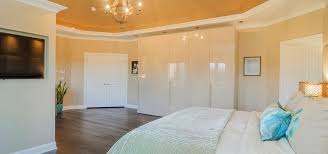
Darker Trim to Add Contrast
Light and neutral colors are popular in home interiors. Maybe your home has a lot of white on white already. It is a serene and calm look, but what if you want to add drama using existing features? A darker color of trim can go a long way in adding contrast. Darker moldings also look great with lighter brighter walls, so if you prefer lighter walls, the darker trim can be an excellent choice!
Trim as an accent color
I find that the molding in the room, is a unique place to add the accent color to your room. There is not a lot of it generally speaking. It is as if you have outlined the room with a ribbon on color. It allows you to add color to your space, without it being a big commitment.
You do not have to paint all of your moldings a darker color to accomplish this. Black doors, for instance, look spectacular with light to medium baseboards and surrounding door molding. You could paint the trim darker in one room or the entire house. Don’t be ruled by your color choices. Experiment, make changes, and enjoy developing your own style.
Using Existing Dark Trim
A lot of older homes have darker stained wood trim. For those who love their historic home, painting the original stained wood is cringeworthy!
Whether or not you leave your dark trim untouched depends on its current quality. If your home is full of well-made, vintage architectural details, you might want to stick with it. If you are surrounded by 1970s orange-toned wood-paneling, however, this is likely another story. There will be times when it is worth it to keep the molding surrounding the windows and doors, and replace the wall treatment so the molding stands out, as it should.
Choosing Colors for Dark Trim
Like choosing a white for your trim, choosing a slate blue or other color is not as easy as it looks. Blacks and greys have undertones just like whites and creams. Your chosen color will have an intensity to it. A softer or dustier black is much different than a deep, pitch black.
Using muted tones is a good rule of thumb to avoid overwhelming your space. If you are only painting a door or a small area of trim, you can go deeper.
Think about the other colors in the room. Match the undertones for best results.
If you need help creating a color scheme, check out our Color911 app! You will find some great deep, dark shades, and plenty of inspiration. Create your own palettes by adding your wall color to your palette, then play with creating colors that you would consider for your moldings. You will save time and money by matching your chosen colors with your walls and furnishings before committing to purchasing or applying paint.


